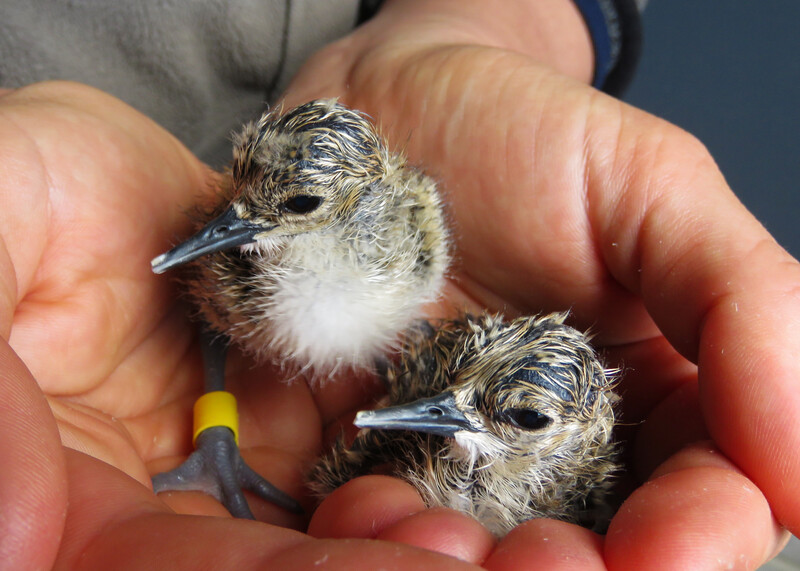Conservation breeding, translocations and reintroductions
The ultimate goal of Re:wild’s species conservation work is to do more than just prevent the extinction of wildlife species. We also want to ensure that their populations, and therefore their ecosystems and our planet, thrive.
Sometimes wildlife needs a little bit more help than can be provided by threat reduction efforts in the field.

When threats are impossible to control in the wild (like disease), or when populations have become so small that the species could be wiped out with one single event (like a natural disaster) or are so isolated that individual animals can’t find one another to breed, we need to step in with special interventions. This can include conservation breeding programs, translocations, and reintroductions.
Re:wild works with and through partners who have the proven expertise in conducting the kinds of specialist interventions as those required by our recovering endangered species strategy. Most of this expertise is found within the zoo community, which can uniquely contribute animal husbandry, animal capture, and veterinary knowledge skills. Without the incredible expertise of our zoo partners, we would not be able to save these species from extinction.
Conservation Breeding Programs
Sometimes threats are so imminent or swift that we can’t guarantee that they can be reduced in time for the species to survive or recover.
The Saola and Large-antlered Muntjac are two examples where snaring pressure in Vietnam and Laos are so pervasive that no site guarantees the survival of the species.
For some amphibians, when a deadly amphibian fungal pathogen called chytridiomycosis reaches their habitat, they experience rapid declines that can result in extinctions.
When species’ numbers drop so low that individuals can’t find each other to breed, death rate starts to outpace the birth rate, making it impossible for the species to rebound naturally. This is the situation for the Sumatran Rhino.
In these kinds of cases, the only way to ensure the survival of these species is to make the tough call to bring a small number of founder animals into conservation breeding programs so they can be bred and released back into the wild once the threat has been addressed. This is called a reintroduction. We have seen this strategy work with a number of species, including the Black-footed Ferret, Golden-lion Tamarin and California Condor. There’s also been recent success with the Re:wild priority species the Kakī (or Black Stilt) in New Zealand.
Conservation Translocations
Other species are in the precarious position of living in habitat fragments that are no longer large enough for their long-term survival. Small populations can be non-viable long term and require supplementing with new animals or moving to merge with other populations. Some animals are just in too much danger in their current home and need to be moved to a safer area. For these species, the best potential for the recovery of the species is translocation—or the movement of animals or plants.
One Plan Approach
Re:wild works with the very best experts to reduce risks as much as possible, and consider all alternatives before we make the decision to bring animals into a conservation breeding program or to translocate them. When we do have to do so, we implement the One Plan Approach, which pairs ex situ (out of the wild) conservation approach with in situ (in the wild) approaches to ensure the habitat of the species is protected and that the species has the chance to be returned to its natural environment as soon as possible. To do this, we build coalitions around species recovery projects, bringing together the right combination of international and national experts, from multidisciplinary fields, to catalyze big actions for species recovery.
